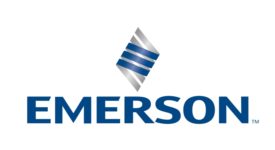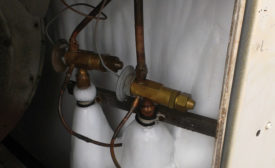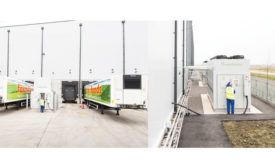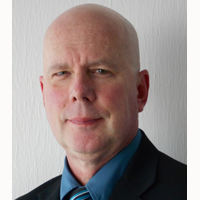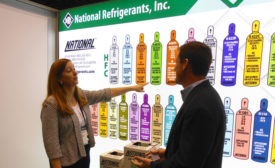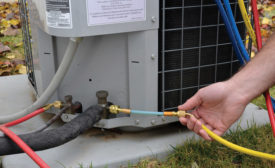Refrigeration
Will develop new technologies that address heating, cooling, and refrigeration challenges
Read More
E360 Roundtable Focuses on Tech Shortage
Forum concentrates on refrigerants, regulations, and the lack of qualified workers
Read More
California Proposes Ban on Sale of High-GWP HFC Refrigerants in 2020
Proposed emissions reduction strategy includes several measures targeting HFCs
April 15, 2016
EPA Settles with Oregon Ice Cream Co. over Ammonia Safety Violations
In addition to making facility improvements, company will also pay $55,000 in penalties
April 14, 2016
The Professor: More Troubleshooting Tips for Spring Tuneups
Properly diagnosing the symptoms is what sets professional technicians apart
Read More
Ice Breaker: The Value of Remembering the Basic Cycle
Systems will provide clues to their performance — techs just have to look for them
Read More
A Close-up Look at Industrial Refrigeration
Uncovering products from the IIAR 2016 Industrial Conference and Exhibition’s show floor
Read More
Honeywell Partners with Indian Manufacturer to Increase Supply of Low-GWP Refrigerant
Technology and supply partnership will help meet growing global demand
April 5, 2016
Recovery Sector Aims to Keep Pace
Industry constantly adapting to latest batch of regulations, refrigerant phaseouts
Read More
Do You Use Refrigerant Leak-stop Agents?
Proponents, detractors weigh in on the quick fix versus solid solution debate
Read More
Copyright ©2024. All Rights Reserved BNP Media.
Design, CMS, Hosting & Web Development :: ePublishing


